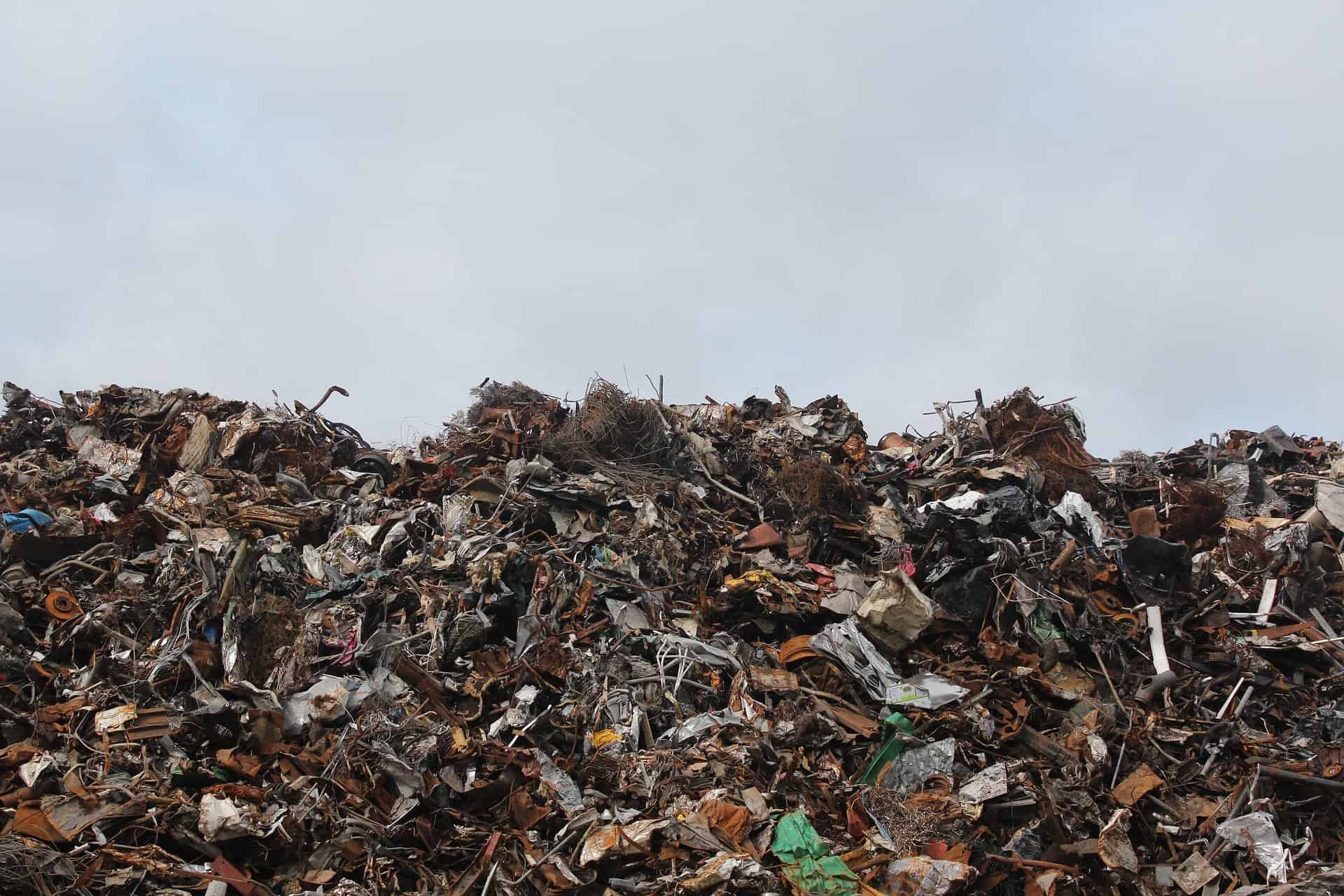
Last year, the food and stimulants industry was responsible for most of the industrial waste. 8.3 million tonnes to be precise. Most of this waste was reused as fertilizer or animal feed for example. The other industrial sectors were responsible for another 5.3 million tonnes of waste. 79 per cent of it was recycled. This is evident from the figures published by CBS. Last year, innovations in waste processing led to even more recycling. This led to remarkable, new products. Here you can read about five of the most innovative developments of the last year.
1) Green hydrogen
Researchers of the Fraunhofer Institute for Manufacturing Engineering and Automation (IPA) have started testing several techniques to turn biomass and plant residues into green hydrogen. One of these techniques is based on purple bacteria, named after their colour. These photosynthesizing bacteria can convert waste into hydrogen by using light. Several more years of research are needed before these minuscule organisms can be used on a larger scale.
Another technique the researchers tested is fermentation. “The biggest disadvantage of this process is the relatively low return of hydrogen compared to other methods,” says Johannes Full. He is head of the sustainable development of bio-intelligent technologies department at Fraunhofer IPA. “On the other side, it’s an energy-efficient procedure that can take place in standard bioreactors. It is an upgrade of biogas processing by supplying another product in addition to biogas, namely hydrogen.” According to him, the hydrogen return can be improved. For this, smart control systems must be created for the reactor, so that all types of waste are processed as optimally as possible.
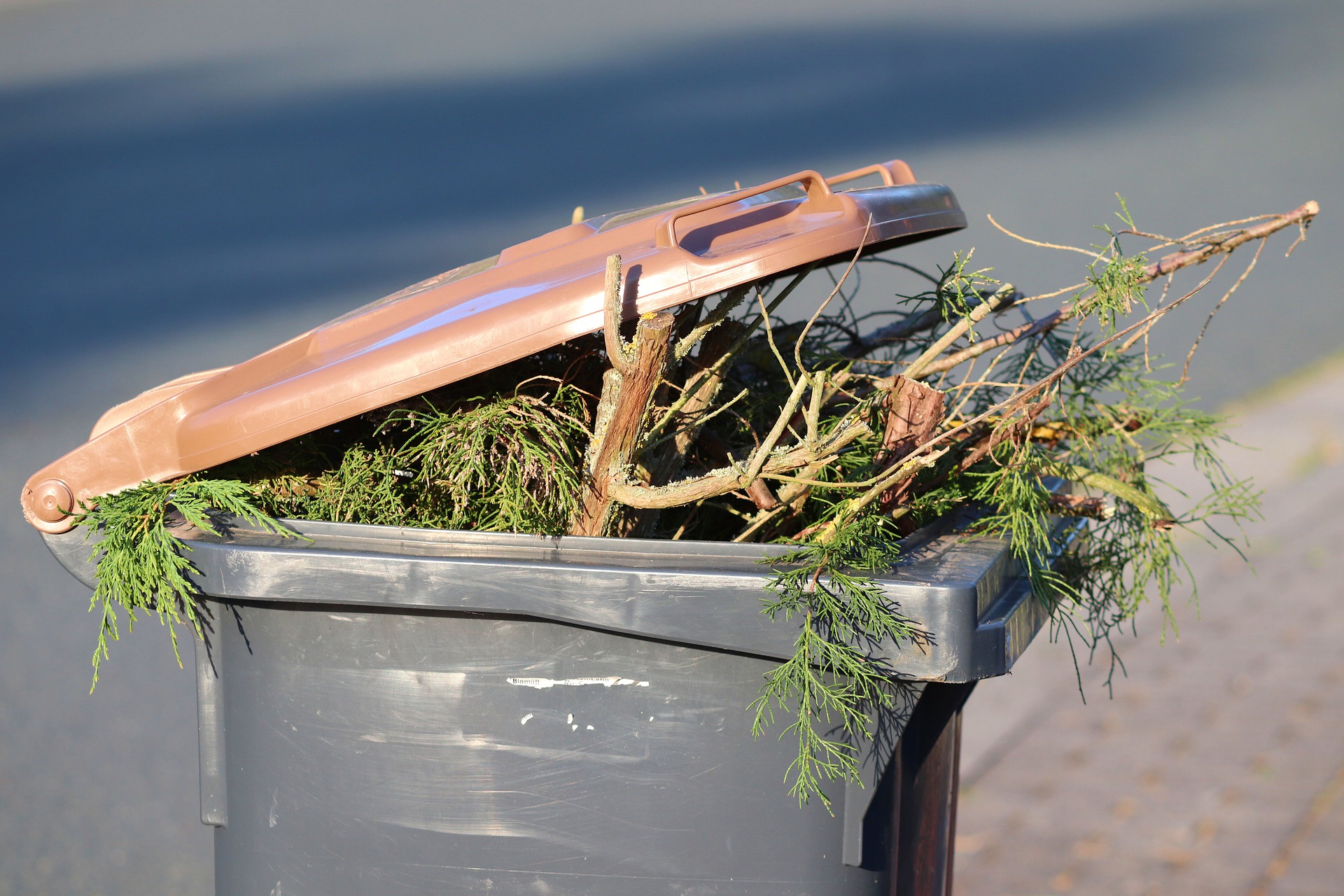
2) Soap and plant pots
Start-up Seenons is helping companies with processing different types of waste. This ranges from residual waste to coffee grounds and sauce buckets. 27 kinds of industrial waste can be registered. More will be added in the future. The start-up has created a platform for this. Companies with waste, logistical companies and waste processing companies can join this platform. This is how they are brought into contact with one another. The platform also shows which products are made from the waste and how much CO2 has been saved in the process.
For example, orange peels are converted into raw materials for soap, as a binder for food, biogas and animal feed. Coffee grounds also appear to be a valuable raw material. For example, it can be used to grow oyster mushrooms. It can also be mixed with plastic to produce plant pots. “The vision of the company is to create a world without waste, but our big, hairy and audacious goal is to save half a megaton of waste by 2026,” says CMO Kim Taylor. “The national goal is to create a circular waste disposal system by 2050. We believe that it can and should be done faster. If everyone wants it and there is more regulation, we can realise it before 2050.”
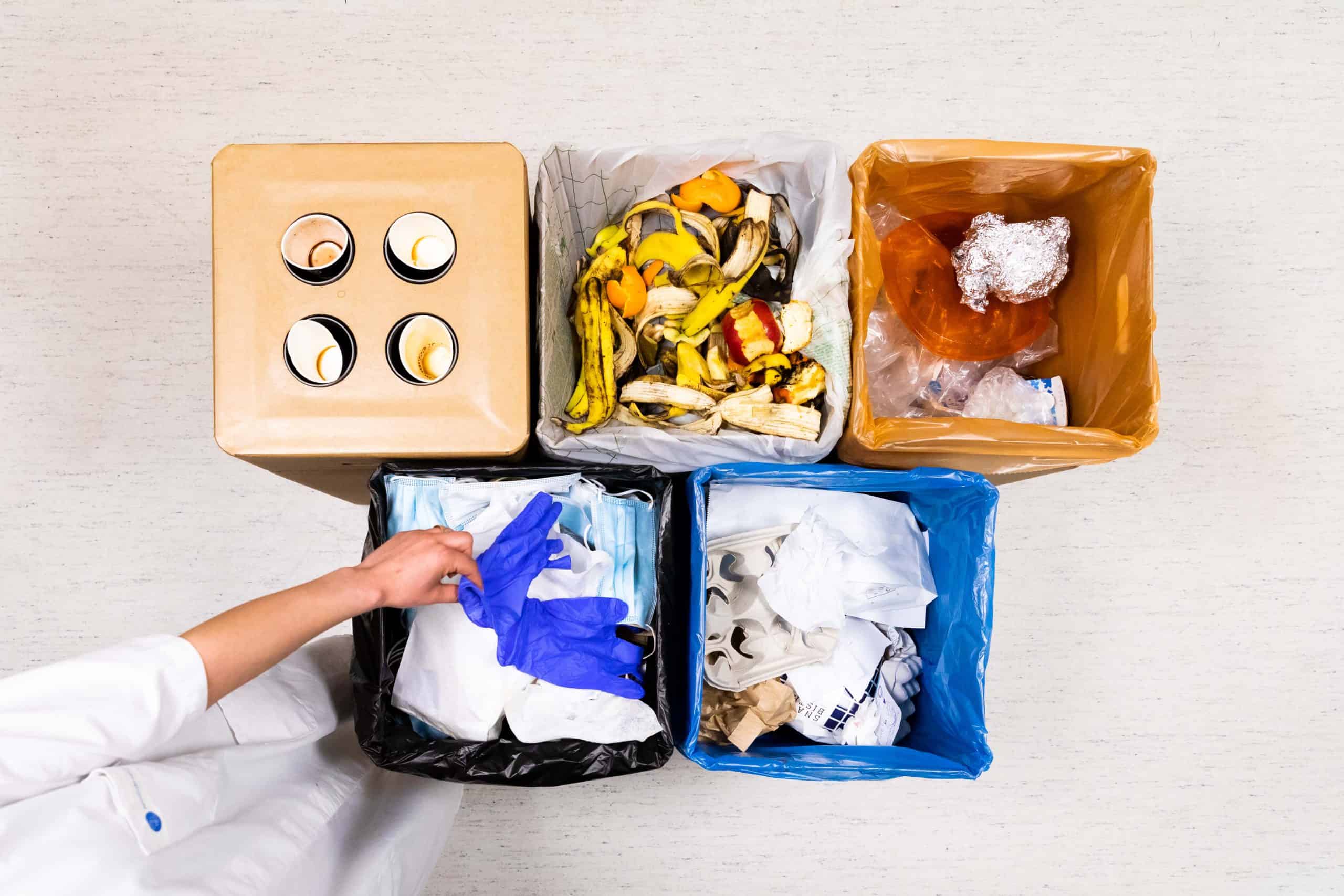
3) Ethylene glycol and terephthalic acid
2700 litres of water are used in the process of making a T-shirt. This is enough to provide one person with drinking water for 2.5 years. Start-up HTEX developed a recycling technique that converts clothing waste into raw materials for polyester: ethylene glycol and terephthalic acid. These components can be used to make new clothes.
For this, the start-up uses a technology called hydro pyrolysis. The textile is placed in a reactor which falls apart into molecules under high temperatures and high pressure. “The reactor isn’t rocket science,” says CEO Niek Hokken. “Not anymore, at least. The challenge was in preparing the material before it went into the reactor so that the reaction process runs as efficiently as possible. Also in converting it into a continuous process so less energy is needed.” The start-up now offers ready-to-use solutions for recycling clothing.
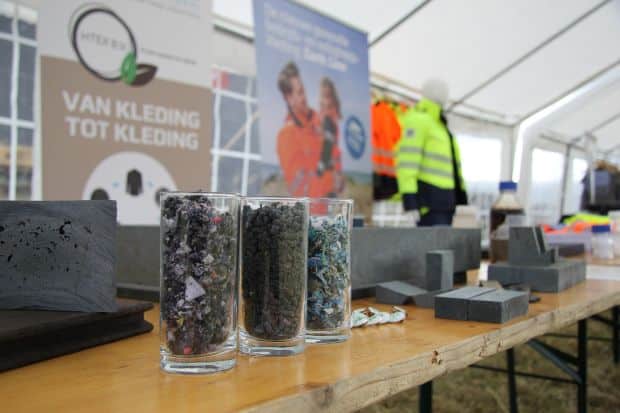
4) Street furniture
Start-up VanAfval makes street furniture out of low-grade plastic waste that otherwise would be incinerated. This could be benches, trash cans and planters. “These are mixed low-grade plastics, like bags for potato chips,” says Operations Manager Niek Jansema. “We ensure that the waste ends up in a new cycle, in which we make street furniture for municipalities, among others, from the waste that is collected by the municipalities.”
The furniture lasts for forty years and doesn’t require any maintenance. At the end of the cycle, the furniture can be recycled again. Besides street furniture, they also want to research if it’s possible to make streetlights out of the collected waste. “If we can also provide them with a solar panel, we have come up with a beautiful, more sustainable alternative to the conventional streetlights.”
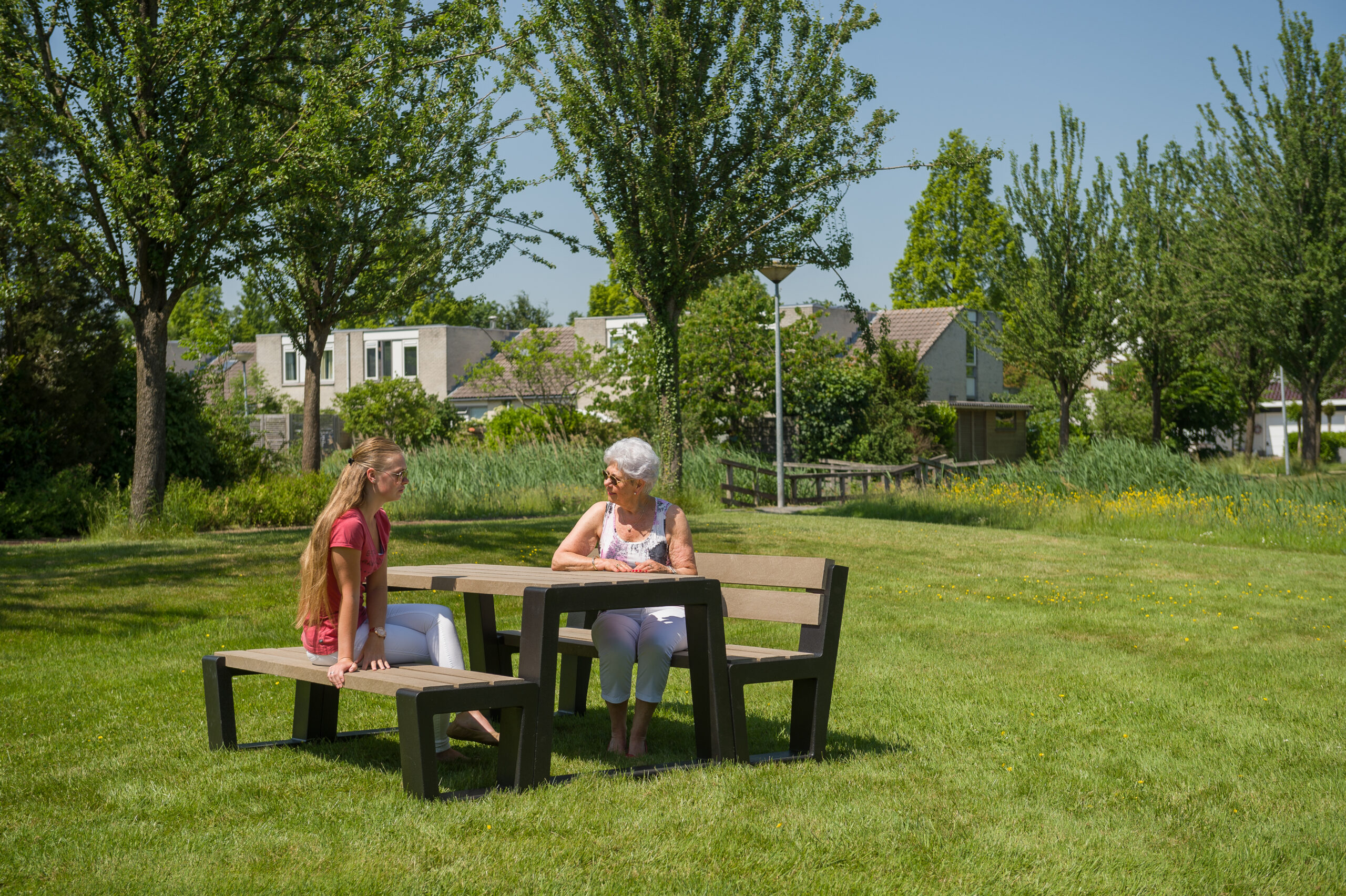
5) Posts and planks
In the Eemshaven in Groningen the ‘Unwastor’ can be found. This is the name of the test and demo factory of the Australian-Dutch Joint-Venture UPPACT. The factory is capable of turning untreated plastic and textile waste into recyclable products. “Used cigarette butts, sneakers and lawns. Our machine can handle it all,” says CEO and co-founder Jan Jaap Folmer. The company wants to contribute to a fully circular, regional ecosystem to combat plastic pollution.
Usually, plastics are heated up to 180 degrees during the recycling process. In the Unwastor, all the different plastics are brought to their own melting temperature at first. Afterward, everything gets mixed together. “This creates a firm material. The molecules are intertwined like a spaghetti mountain, creating a strong bond.” Posts and planks are made out of this recycled plastic in the demo factory.


